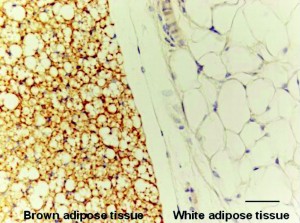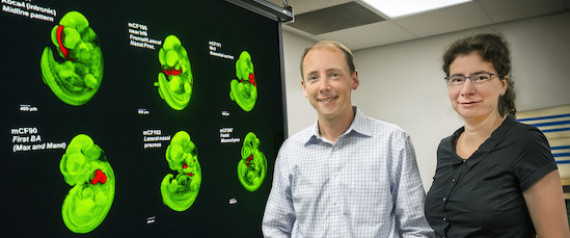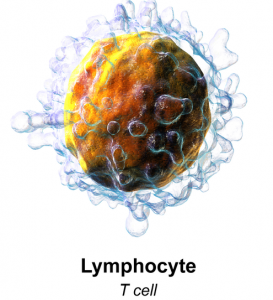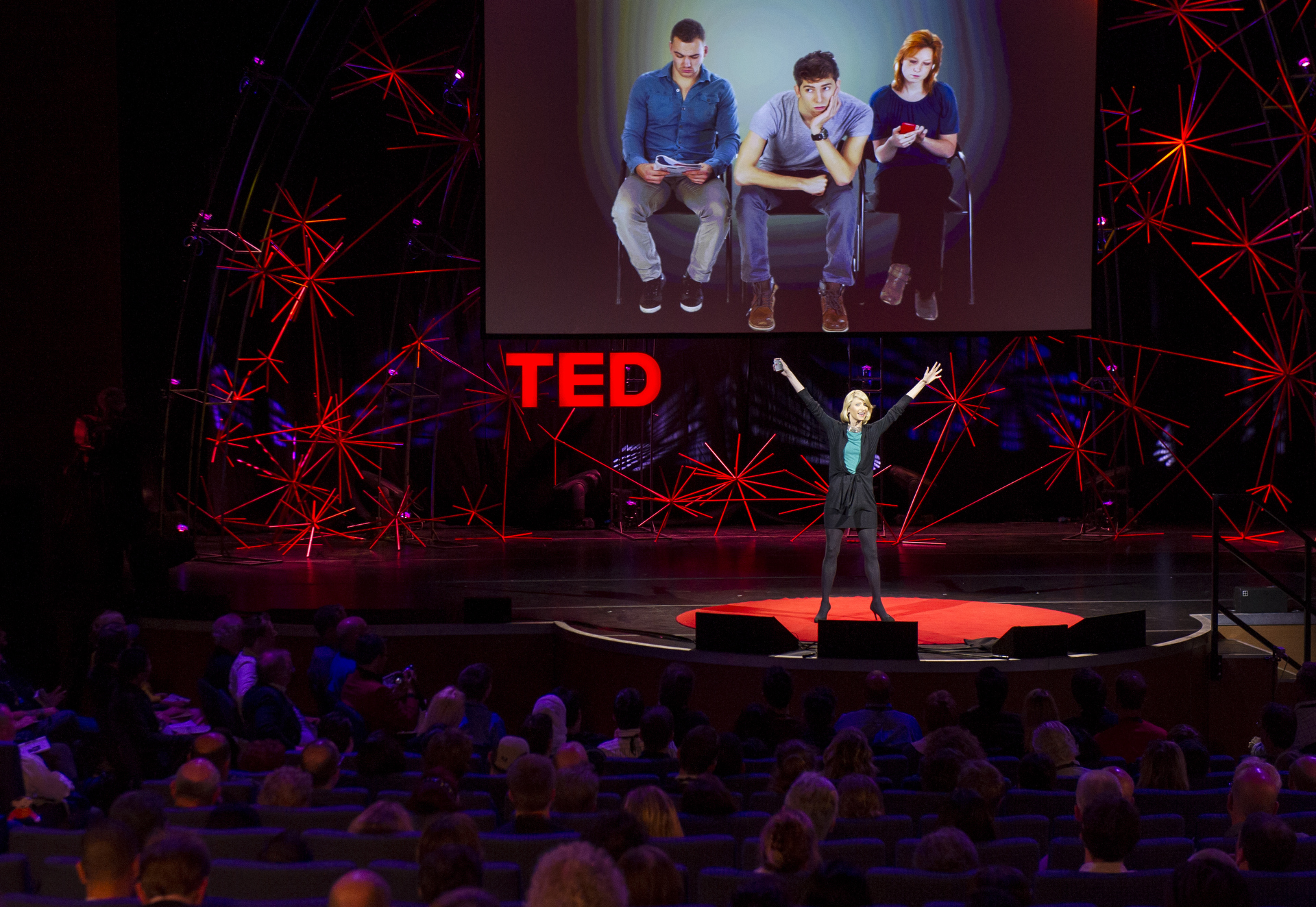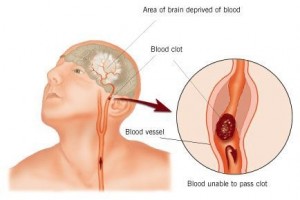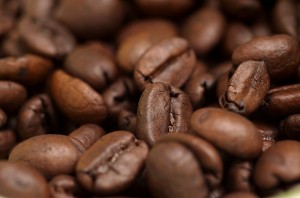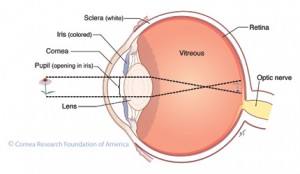It’s the flu season again and there are lots of free flu vaccines available at your local pharmacy. Although not necessarily as harmful as the flu, the common cold is as painstaking as the flu. Reason why? There’s yet a cure for this common virus.
Hard to assume, the rhinovirus (common cold) itself is not simple or common in terms of its structure. The virus contains many genes, and expresses different patterns on the surface of its out layer, either the membrane or the capsid (protein shell).
As of October 28th, 2013, professor Ann Palmenberg and her research team at the University of Wisconsin-Madison were finally able to construct a three-dimensional model of rhinovirus C. This membranous pattern of a capsid gives us insight on not only the virus’ docking abilities, but also why it was able to evade the antibiotics.

Comparison Model of Rhinovirus A (left) and C (right). The patterns on the capsid (protein coat) are different. (Primary Source: UW-Madison, Secondary Source: Science News)
Of the three human rhinoviruses (common cold) A, B, and C, rhinoviruses A and B have been easily collected for studying, which made it that much more easier for scientists to map the membrane. On the other hand, rhinovirus C has not been studied as much as the other two rhinoviruses.
The three-dimensional model of rhinovirus C was mapped with 500 different sources of rhinovirus C genome, and this model clearly showed that the pattern was significantly different than the patterns of rhinoviruses A and B. Drugs have been designed to work well against strains of rhinoviruses A and B. With such different patterns of rhinovirus C and rhinoviruses A and B, it is inevitable for the drugs to be ineffective towards rhinovirus C. This is why people still get sick even though clinically drugs are able to fend off rhinoviruses A and B; rhinovirus C could evade the drug and take over host cells.
The following is a video of rhinovirus strain A-16 binding to a receptor. Please note that the video does not contain any sound.

With this in mind, Holly A. Basta, a graduate student working with Palmenberg suggests creating a new drug just for the C strain. Rhinovirus C has different receptors (docking system) and different binding platform than rhinoviruses A and B. Until a new drug is developed, we must stay on our toes and try to prevent ourselves from catching a cold.
By: Junki (Seraphinus) Hong
References:
- Model Virus Structure Shows Why There’s No Cure for Common Cold
- How Viruses Hijack Endocytic Machinery
Basta, H. A., Sgro, J., & Palmenberg, A. C. (2014). Modeling of the human rhinovirus C capsid suggests a novel topography with insights on receptor preference and immunogenicity. Virology, 448(0), 176-184. doi:http://dx.doi.org/10.1016/j.virol.2013.10.006


